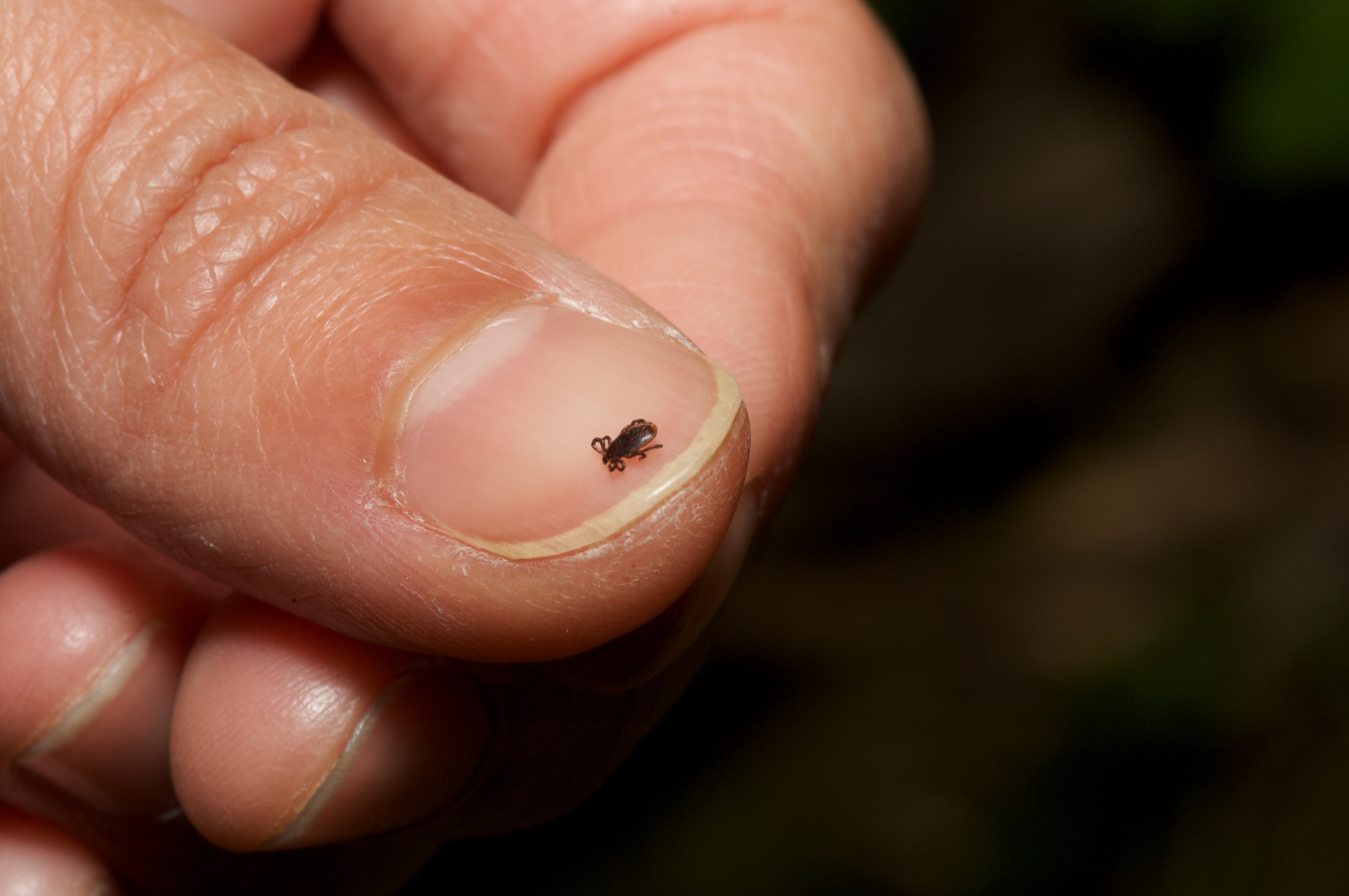Lyme Disease? You May Want a Second Opinion (Op-Ed)


Robin Diamond, R.N., M.S.N., is senior vice president of patient safety and risk management at The Doctors Company in Napa, Calif., the nation's largest physician-owned medical malpractice insurer. She contributed this article to LiveScience's Expert Voices: Op-Ed & Insights.
If you've been bitten by a tick and experience flu-like symptoms such as fever, headache and body aches, you must have Lyme disease. Right?
Wrong. A combination of newly published research on tick-borne illnesses and a push by Sen. Chuck Schumer (D-N.Y.) to direct more resources toward the growing problem of misdiagnoses should impress upon doctors and patients just how erroneous — and even lazy — a knee-jerk diagnosis of Lyme disease, or other common tick-borne illnesses, can be.
Schumer, reacting to the recent discovery of the presence of Powassan virus in Hudson Valley ticks — an emerging illness causing symptoms similar to Lyme, but much more lethal — called for the Centers for Disease Control and Prevention this week to boost research and education on Powassan, Lyme and other tick-borne diseases. On top of that, a recent study in the journal Annals of Internal Medicine (AIM) described a new tick-transmitted illness known as Borriela miyamotoi that presented similarly to Lyme but did not respond to conventional therapy, the antibiotic doxycycline, in the same way. B. miyamotoi joins the ranks of about a dozen other tick-borne illnesses recognized by physicians in the northeastern United States alone, all of which can present with the same vague, flu-like symptoms.
Like Lyme disease, most of these cases occur where deer ticks thrive during warm-weather months, which can include much of the United States. So it's easy for health care professionals to default to a diagnosis of Lyme or other spirochetes (a category of bacteria spread by ticks) such as babesiosis or human granulocytic anaplasmosis (HGA) — the latter being the illness presumptively diagnosed in the two patients presented in the AIM paper.
In both patients, what clued in doctors to their diagnostic error was each patient's lack of response to doxycycline after more than 24 hours, when that antibiotic typically begins to alleviate Lyme or HGA symptoms. Further investigation involved running more sophisticated blood tests that revealed B. miyamotoi DNA, which was first described in humans by Yale scientists in 2011.
Schumer's new bill and the recent study in AIM expose anew the challenges to doctors and patients in diagnosing tick-borne illnesses and raise awareness of the importance of conducting a complete assessment of patients with flu-like symptoms, particularly in the months of high heat and humidity.
Get the world’s most fascinating discoveries delivered straight to your inbox.
To health care professionals, I would advise: Look beyond the obvious. We need to ask patients and their family members more questions: Where have you been over the last few weeks? Have you been camping, hiking or spending time in your backyard? Did you find any ticks on you? Did you keep the specimen? Have you noticed any skin rashes?
Beyond posing more extensive questions, doctors can also run sensitive tests to arrive at a more precise diagnosis. Blood tests can usually identify the spirochete responsible, if indeed a tick is the cause of symptoms. The failure to properly diagnose the patient may simply be a lack of awareness of just how many tick-borne illnesses are out there. And the consequences of misdiagnosis can go well beyond general misery: Symptoms can get progressively worse, triggering debilitating joint pain over many months or years or even, in extreme cases, organ damage or death. In the case of Powassan virus — which isn't as easy to detect and has no treatment — about one-third of those who get it will die.
But patients aren't off the hook in tracking their tick exposure or its possible significance. There are myriad ways to protect yourself from tick bites, including wearing long pants and sleeves when in wooded areas, tucking pants into socks or wearing clothes specially treated with tick-repellant pesticides. After spending an extended period outdoors, check your (and your children's) skin and scalp for ticks and keep an eye out for rashes. If you find a tick, it's best to remove it with metal tweezers, keeping the specimen in a plastic bag or other sealed container to present for testing.
This new research and legislation should jar us out of the normal assumptions doctor's make about what a patient's problem is and what's causing it. The tunnel vision created by past experience must make way for a wider, more inclusive view of all the illnesses tiny ticks can carry, the big problems they can create, and what doctors and patients can do to stem the tide.
The views expressed are those of the author and do not necessarily reflect the views of the publisher. This article was originally published on LiveScience.com.


